We use cookies to help you navigate efficiently and perform certain functions. You will find detailed information about all cookies under each consent category below.
The cookies that are categorized as "Necessary" are stored on your browser as they are essential for enabling the basic functionalities of the site. ...
Necessary cookies are required to enable the basic features of this site, such as providing secure log-in or adjusting your consent preferences. These cookies do not store any personally identifiable data.
Functional cookies help perform certain functionalities like sharing the content of the website on social media platforms, collecting feedback, and other third-party features.
Analytical cookies are used to understand how visitors interact with the website. These cookies help provide information on metrics such as the number of visitors, bounce rate, traffic source, etc.
Performance cookies are used to understand and analyze the key performance indexes of the website which helps in delivering a better user experience for the visitors.
Advertisement cookies are used to provide visitors with customized advertisements based on the pages you visited previously and to analyze the effectiveness of the ad campaigns.
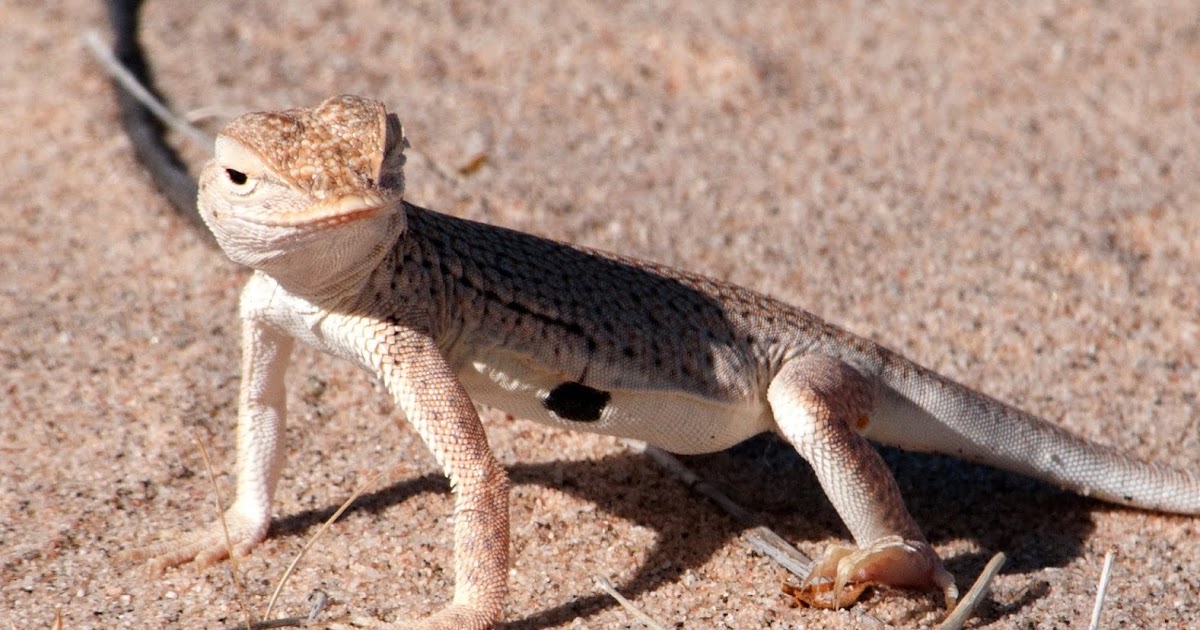
There are several species of flora and fauna found nowhere else on the planet. Did you know any of these?
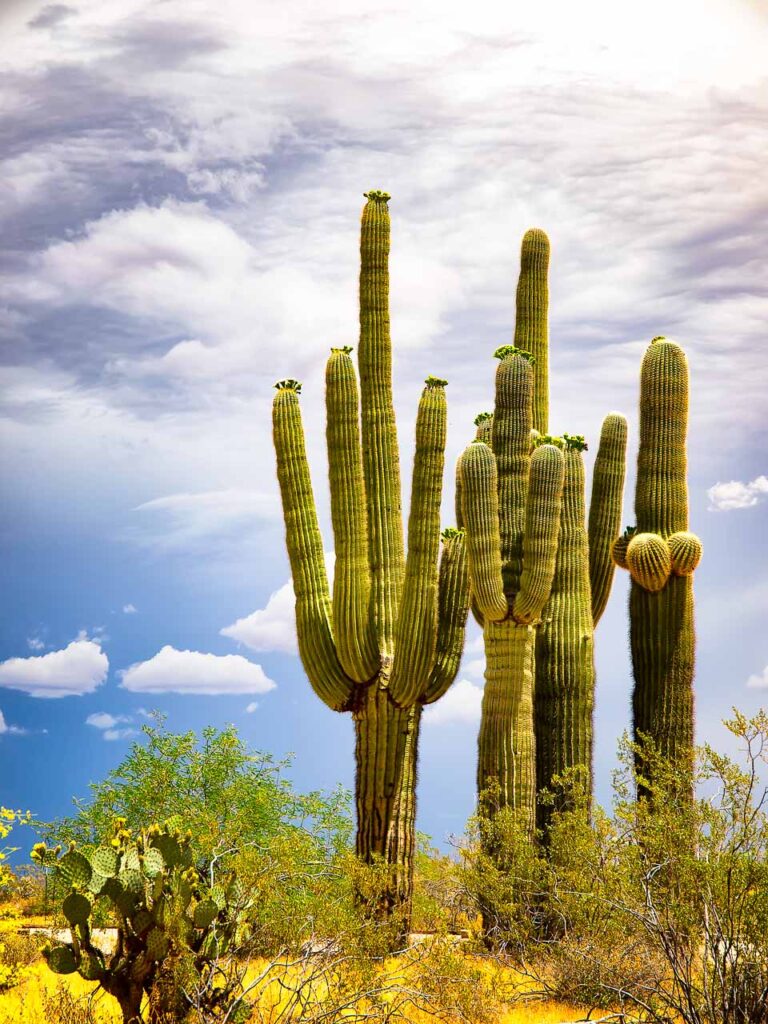
While the saguaro cactus has become a symbol of the American West, the saguaro cactus will only grow in the Sonoran Desert. As a desert indicator species, the range of the saguaro cactus is limited to southern Arizona. This slow growing cacti stores water in it’s trunk and can for for months without water. The saguaro cactus grows as a column at a very slow rate, with all growth occurring at the tip, or top of the cactus. It can take 10 years for a saguaro cactus to reach 1 inch in height, but these mighty cacti eventually grow to reach an average height of 40 feet, and the tallest saguaro ever measured towered over 78 feet into the air! By 70 years of age, a saguaro cactus can reach 6 and a half feet tall, and will finally start to produce their first flowers. By 95-100 years in age, a saguaro cactus can reach a height of 15-16 feet, and could start to produce its first arm. By 200 years old, the saguaro cactus has reached its full height, reaching upwards of 45 feet tall.
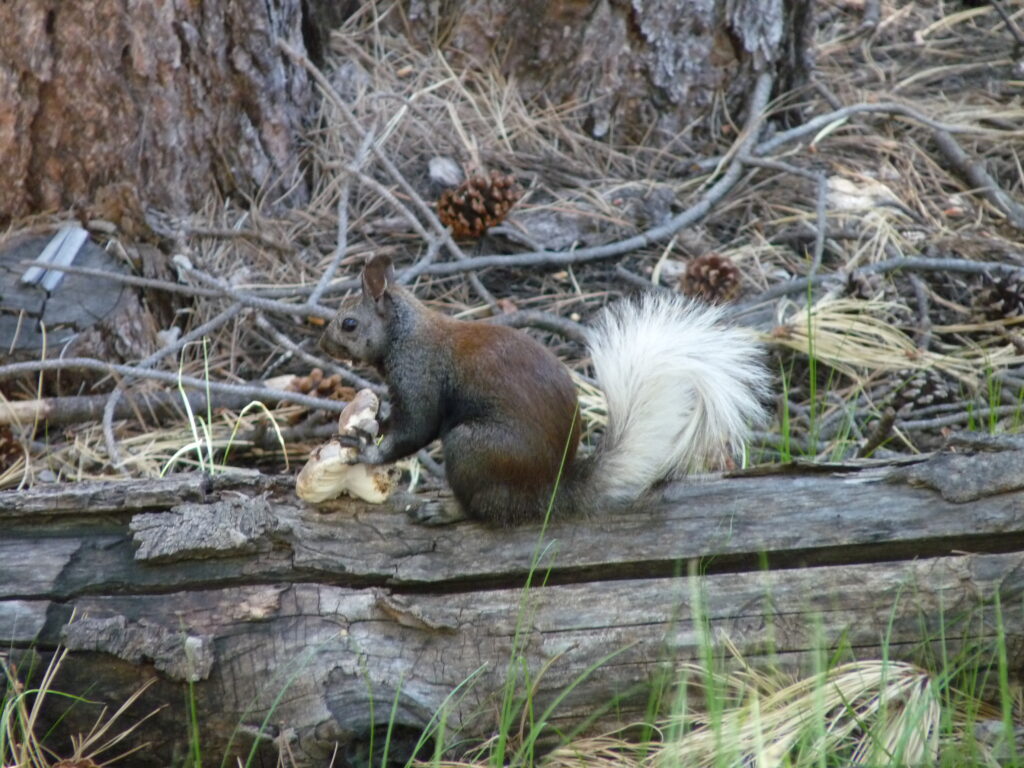
THE KAIBAB SQUIRREL is one of the rarest mammals in the national park system. It is found on the Kaibab plateau, on the North Rim of the Grand Canyon, and is native to no other part of the world. Since the Kaibab squirrel is unique and has a restricted range, the National Park Service, the United States Forest Service, and the State of Arizona have entered into a cooperative agreement whereby the animal is given strict protection. It is hoped that success will follow this effort to preserve this unique species for the enjoyment of future generations.
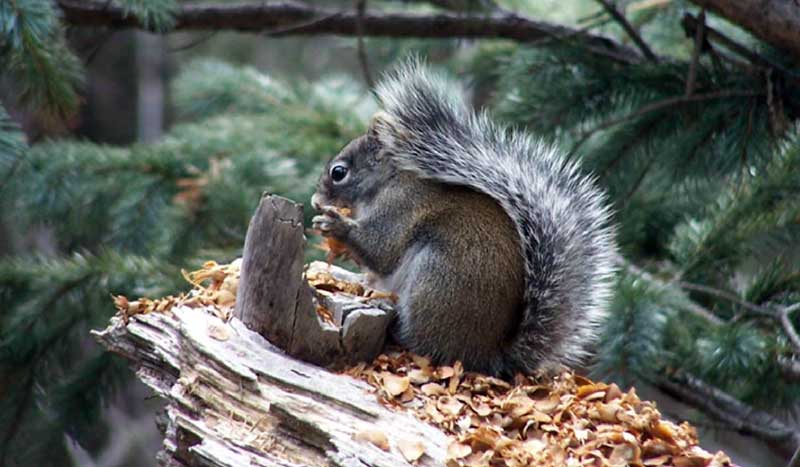
The Mount Graham red squirrel is a generally tiny squirrel weighing on average around 8 ounces (230 g) and measuring about 8 inches (20 cm) in length. The subspecies also has a 6 inches (15 cm) tail. Unlike most other squirrels in its species, the squirrels do not have a white-fringed tail. Both females and males share similar markings and features and are typically grayish brown in color with rusty yellow or orange markings on their backside. During the winter season, the squirrels ears are tufted with fur, and during the summer a black lateral line is observed on the squirrel.
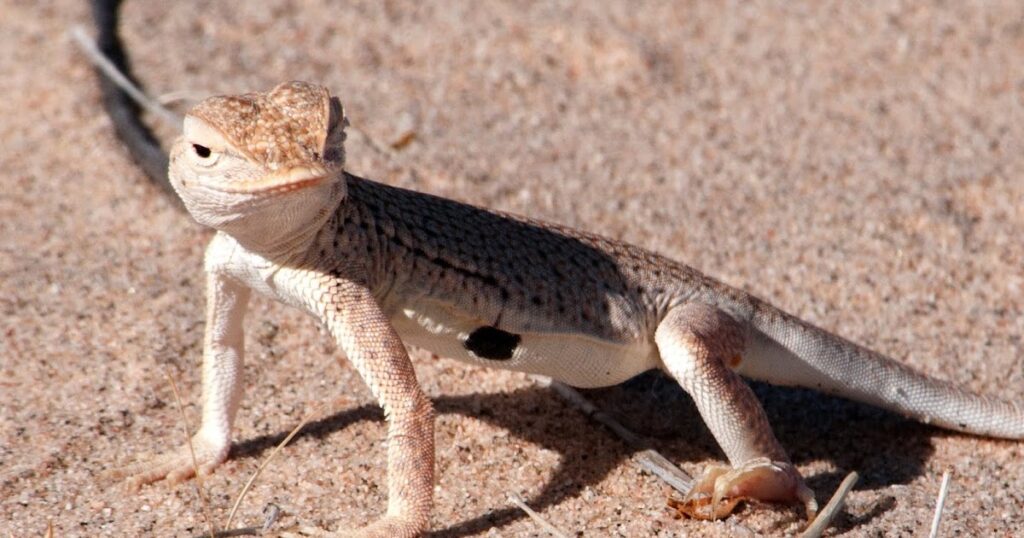
The Mohawk Dunes fringe-toed lizard (Uma thurmanae) is a species of phrynosomatid lizard endemic to the U.S. state of Arizona. Its name is a reference to American actress Uma Thurman, as both a pun on the genus name Uma as well as a tribute to the actress for her conservation advocacy. It is restricted to the Mohawk Dunes, a dune system west of the Mohawk Mountains in southern Arizona.
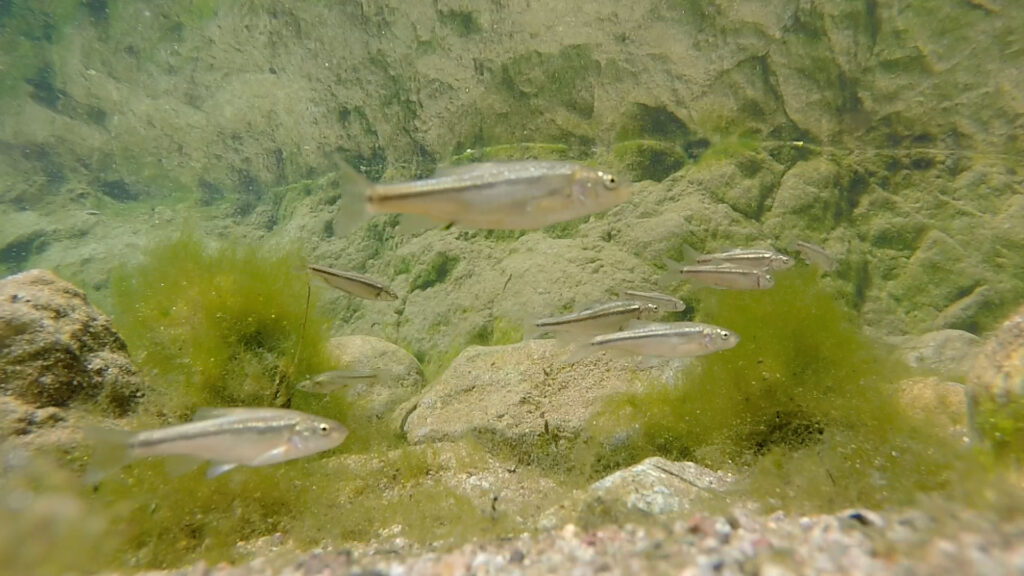
The Gila longfin dace has a wide range of water temperature preferences compared to other fish, being found from hot desert streams to mountain brooks with extremely cold water. They also prefer brooks and streams that have sandy or gravely bottoms, typically with overhanging banks to protect them from being spotted by predators and humans. The fish prefers relatively warmer water, with an average temperature preference of 23.9 °C (75 °F). They also prefer water depths averaging 0.18 m (7.1 in). During water shortages, they seek refuge in algae and detritus mats of wetland habitats.
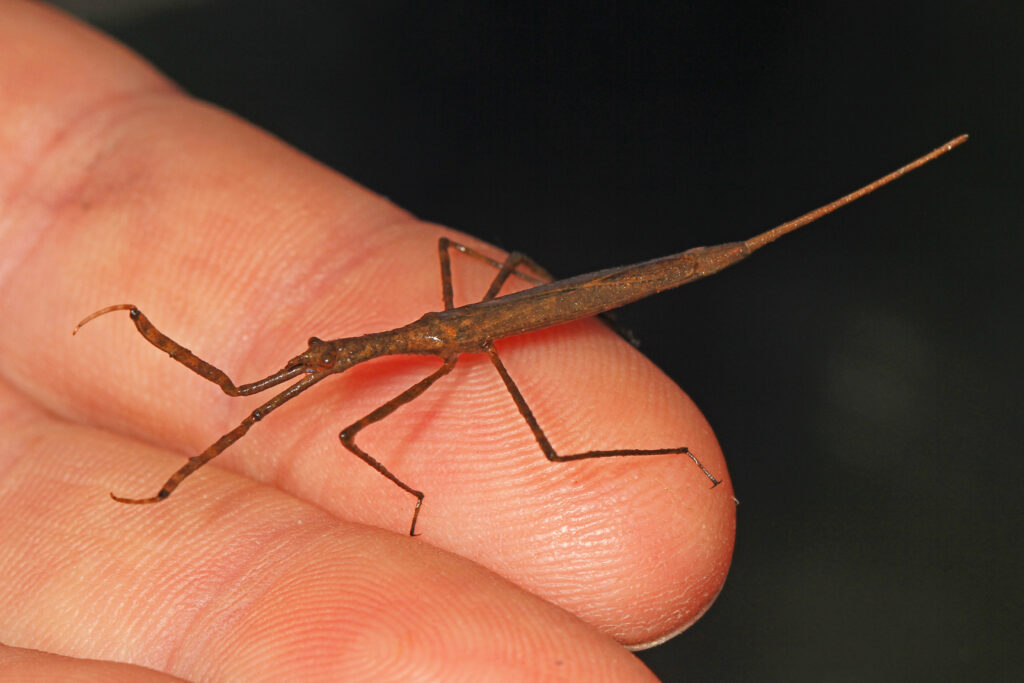
Ranatra montezuma is a species of waterscorpion in the family Nepidae. It is endemic to Montezuma Well in Yavapai County, Arizona, United States. These water scorpions are believed to use their tails as a snorkel and their sharp beaks to pierce and suck body fluids from their prey. They prey on tiny shrimp-like creatures called amphipods which are also endemic to Montezuma Well.

The Montezuma Well springsnail is a species of freshwater snail in the family Hydrobiidae, the mud snails. It is endemic to Montezuma Well, a large sinkhole in Yavapai County, Arizona, in the United States. This snail has an ovate shell measuring no more than 2.7 millimeters tall. The tip of the snout is pigmented.